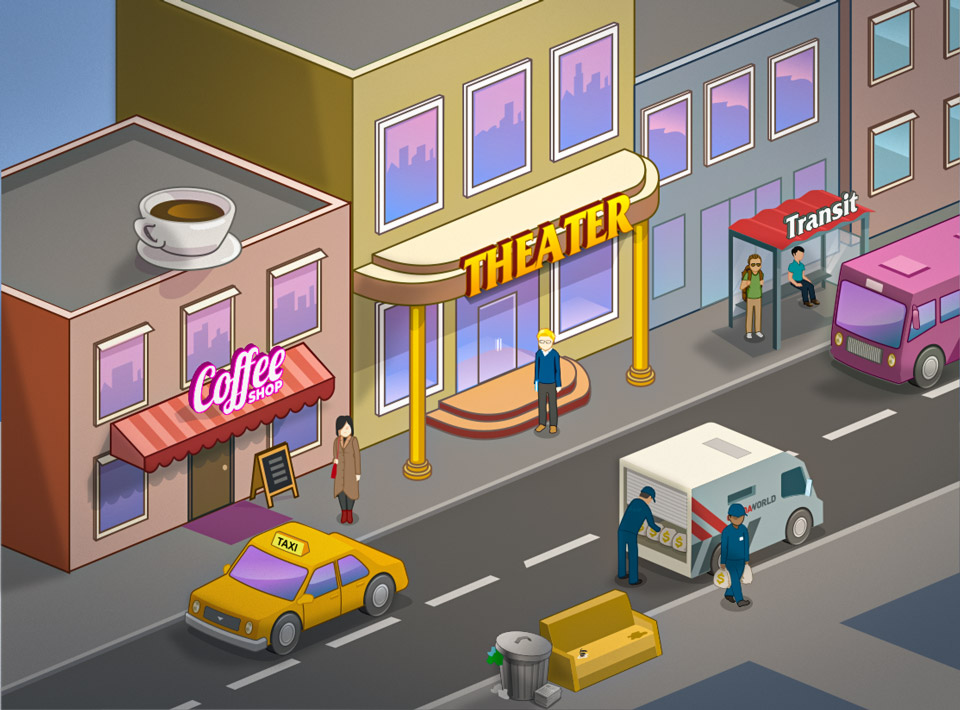
Bed bugs are considered a community-associated “people pest” like lice. This means they feed on and move with people in a community. Bed bugs can be transported to public spaces on luggage, bags, and clothing. They cannot jump or fly; they crawl and cling to rough surfaces.
Although bed bugs are not known to spread diseases, they are considered a pest of public health concern. The presence of a bed bug or a few bed bugs in a non-sleeping area is not considered an infestation. When bed bugs are introduced to a new environment, they are susceptible to death from exposure, desiccation, manual destruction, removal, and cleaning materials and practices.
Bed Bug Behavior & Identification
- Every stage of the bed bug is visible to the human eye.
- Bed bugs are averse to slick surfaces like glass, plastic, and polished metals and stone.
- They can, however, grasp and cling onto textiles and porous materials like wood.
- Bed bugs are positively thigmotactic; that is, they prefer to be in crevices versus out in the open.
- Bed bugs are nocturnal since they feed on sleeping people; however, they may be found searching for a host during the day if food is not readily available at night.

How Bed Bugs Spread
Bed bugs are most likely to transfer from one hiding location to another from close or direct contact with rough materials like textiles.
Examples of this contact include clothing brushing past an aggregation of bed bugs on a chair, a backpack placed onto crevices where bed bugs are hiding, or a bed bug-infested jacket on a couch.
How To Avoid Bed Bugs in Public Places
- Inspect where you sit or place your personal belongings.
- Avoid placing personal belongings on the floor, especially corners and crevices.
- Avoid sitting on overstuffed chairs and couches that you cannot inspect.
- Inspect your person for “hitchhiking” bed bugs. Light-colored clothing is easier to inspect.
- Reduce the clutter in your space to improve sanitation and bed bug detection.

Recommendations for Bed Bug Prevention
- Reduce the number of personal belongings allowed into an area—particularly unwashed items like backpacks, luggage, oversized coats.
- Provide plastic bags to visitors with unwashed belongings.
- Provide visitors with a place to store belongings while visiting.
- Increase sanitation efforts to include a deep cleaning of crevices and corners with steam.
Recommended Bed Bug Traps
You can remove bed bug introductions quickly with a thorough inspection and mechanical controls.
The easiest mechanical control is the use of traps. Install these traps in areas suspected of having bed bugs. You can also use these traps to monitor for continued activity.